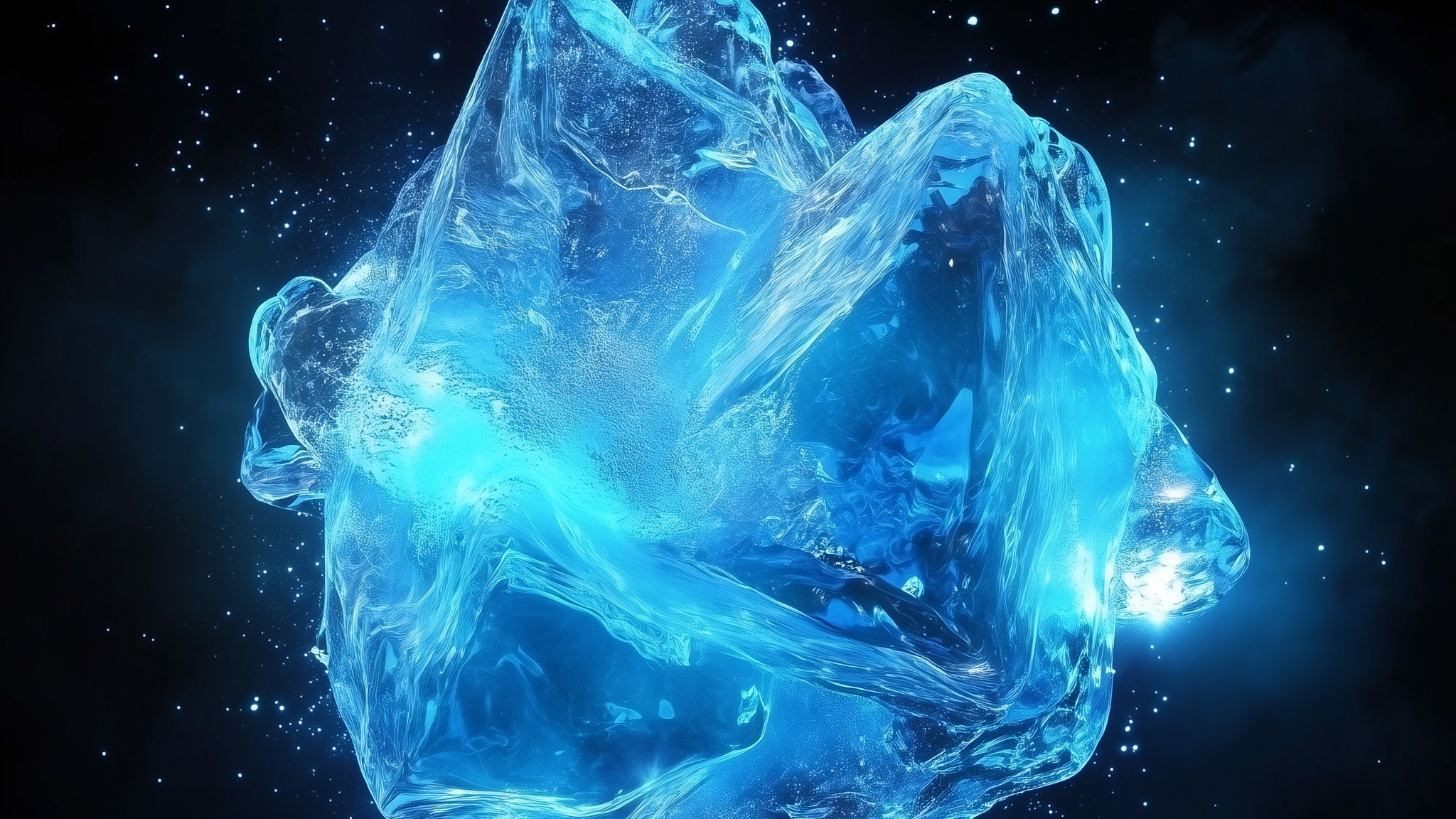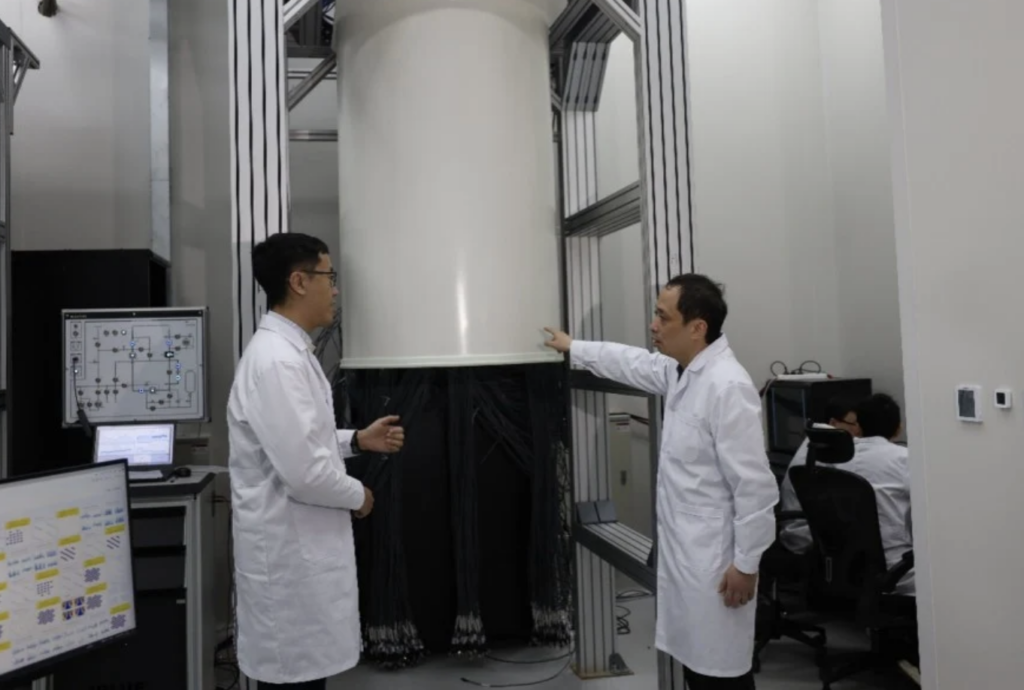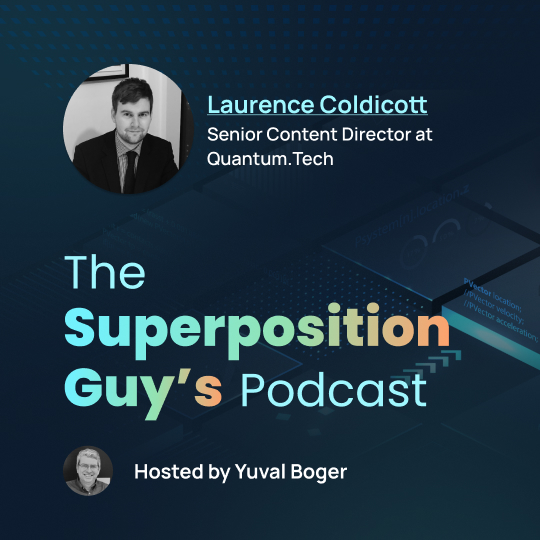Insider Brief:
- RF and microwave power measurements are used across fields like space exploration, defense, and quantum computing, where precision and reliability under extreme conditions are essential.
- Researchers at the National Physical Laboratory and Keysight Technologies achieved the first successful use of a commercial RF power sensor at cryogenic temperatures down to 3 Kelvin, relevant for supporting the accurate measurements necessary for quantum applications.
- Quantum devices, including qubits, need cryogenic temperatures to maintain coherence and stability; this study adapted a room-temperature RF sensor to function accurately at these low temperatures, addressing challenges like signal integrity and measurement precision.
Radio frequency and microwave power measurements are essential to various fields, from space exploration to defense systems. By enabling precise characterizations of waveforms, components, circuits, and systems, these measurements contribute to high-precision engineering. The importance of such measurements becomes even more pronounced in fields that rely heavily on extreme accuracy, such as quantum computing and cryogenic technology, where devices must function reliably under challenging conditions.
In a recent collaborative project, researchers at the National Physical Laboratory and Keysight Technologies demonstrated the functionality of a commercial RF power sensor at cryogenic temperatures—down to 3 Kelvin. According to the announcement, this achievement is the first of its kind; the first successful use of such a sensor at temperatures this low, relevant for RF power applications at cryogenic levels.
Operating at Cryogenic Levels
Quantum devices, or more specifically, qubits, require cryogenic temperatures—often just a few degrees above absolute zero—to maintain their delicate quantum states. At higher temperatures, thermal energy excites atoms and electrons, causing vibrations that introduce noise and disrupt the stability of these quantum states.

In practical terms, this “thermal noise” can cause qubits to lose their coherence, a state in which they can hold superpositions and perform quantum computations effectively. By cooling them to cryogenic levels, this disruptive thermal energy can be minimized so that qubits may operate with more stability and reliability.
However, maintaining these low temperatures comes with its own set of challenges. At cryogenic temperatures, even minor perturbations or inconsistencies in measurement can impact quantum performance. For instance, signal integrity becomes more difficult to maintain because traditional electronic components may behave differently under such extreme conditions.
Additionally, ensuring precise RF and microwave measurements is a nonnegotiable, as minor inaccuracies can interfere with the interactions between qubits or other quantum components. This project addressed these complexities by testing a commercial RF power sensor—namely the Keysight N8481S model—typically designed for room-temperature operation but now adapted for use at cryogenic levels.
The sensor’s thermopile response, the voltage generated by a thermopile sensor in response to absorbed heat and essential for measuring RF power, was tested at levels ranging from -35 dBm to 0 dBm across frequencies from 100 kHz to 10 GHz, providing SI traceability through a known DC power substitution process. The SI traceability piece ensures that these measurements maintain global consistency, which is a requirement for high-precision scientific work.
Cryogenic Metrology for Precision Measurements in Quantum Technology
According to the corresponding research article, presented at the 2024 Conference on Precision Electromagnetic Measurements (CPEM), using this sensor at cryogenic temperatures is an important development in the field of metrology. As stated by NPL senior scientist Dr. Murat Celep, “NPL has over 60 years’ expertise in traceable RF and microwave power metrology research. This experience, combined with state-of-the-art cryogenic test facilities at NPL and collaboration with Keysight, has enabled us to demonstrate SI traceable cryogenic power measurements. This is an exciting moment, and we look forward to seeing quantum innovation continue.”
To further understand how this intersects with quantum technology use, it’s worth a deeper look at the functionality of the technology itself. To adapt the sensor for cryogenic use, the researchers connected the thermopiles—components that generate an electromotive force based on temperature differences—to a nanovoltmeter, which precisely detects minimal temperature-induced voltages. The RF sensor’s performance was characterized by applying a stable DC voltage, which allowed the team to measure RF power down to -35 dBm without exceeding the temperature constraints of the cryogenic setup.
A signal generator provided RF power, and the thermopile’s output was used to calculate the RF power dissipated within the sensor. According to the study, the accuracy achieved at 3 Kelvin paves the way for traceable power measurements that quantum technology most fervently requires. This capability could impact various applications, from sensing to the development of more complex quantum circuits.
Future Directions
Keysight Technologies’ general manager of the Aerospace, Defense and Government Solutions Group, Greg Patschke, emphasized the significance of these results, noting, “Our joint efforts have paved the way for advancements in quantum computing and other applications requiring precise RF power measurements at cryogenic temperatures.” He continued, “This marks a major milestone, and we are thrilled to have collaborated with the NPL on this groundbreaking research.”
The complexities and the potential of cryogenic RF measurements mirrors that of the quantum technologies it may serve. As quantum systems evolve and expand into new applications, the developments, such as those in this study, will provide that backbone to get it there.
Contributing authors on the study include Murat Celep, Sang-Hee Shin, Manoj Stanley, Eric Breakenridge, Suren Singh, and Nick Ridler.















